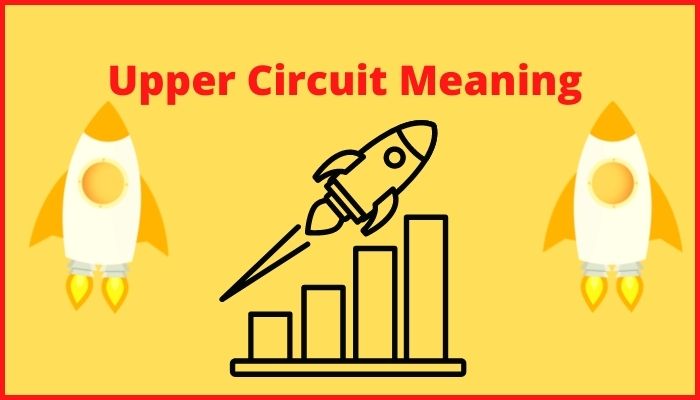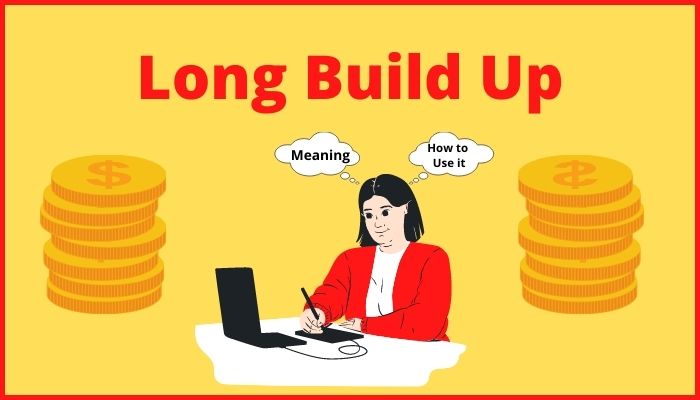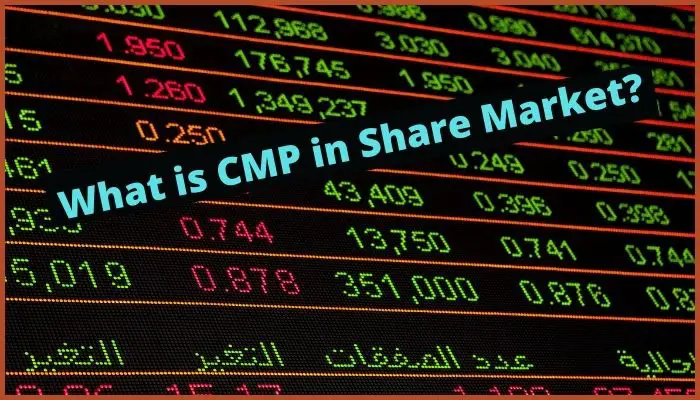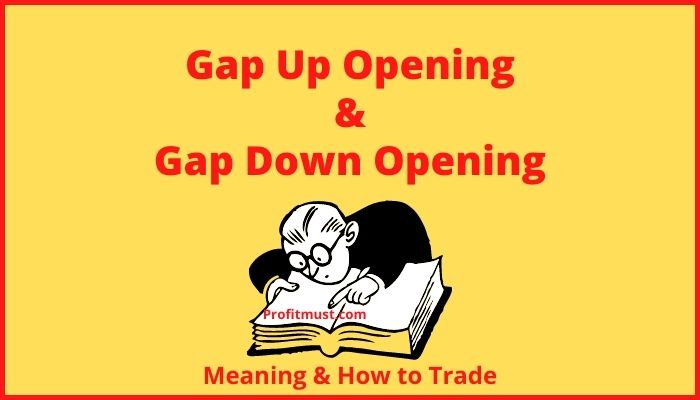Beginners always hear new terms while they start their journey in the stock market. These terms are confusing for them as they don’t know the real meaning of them. Gap Up Opening is one of them and most people hear it in the morning when a stock market is about to start or just started trading for that day. Let’s find out the Gap Up Opening Meaning & other related terms.
Table of Contents
Introduction
A gap is regarded as the difference in price levels between the close and open of two days. Gap analysis necessitates confirmation, which is only available after the price change has occurred.
There are several sorts of gaps, such as the common gap, breakaway gap, continuation gap, and exhaustion gap, but none of these gaps are entirely obvious from a judgement standpoint until the price effect on these shares is visible.
Before diving into the gap and gap down strategies, it’s important to understand what is gap up opening.
Gap Up Opening
The gap up opening meaning is when the next day’s opening price is higher than the previous day’s close. This usually indicates that the market has opened with positive sentiments.
There are two types of Gap Up openings:
-
Full Gap Up Opening
When the next day’s opening price is higher than the previous day’s high price, this is known as a Full gap up opening.
-
Partly Gap Up Opening
When the opening price is higher than the previous day’s closing but not higher than the previous day’s high price, this is known as a partial gap-up.
After understanding gap up meaning let’s understand Gap Down Opening.

Gap Down Opening
When the stock’s opening price is lower than the previous day’s closing price, this is known as a gap-down. This usually indicates that the market has opened with negative sentiments.
There are two types of Gap Down Openings:
-
Full Gap Down Opening
When the next day’s opening price is lower than the previous day’s lowest price, this is known as a Full Gap-Down opening.
-
Partly Gap Down Opening
When the opening price is lower than the previous day’s closing but not lower than the previous day’s lowest price, this is known as a Partial Gap-Down.
Gap up and gap down analyses, as well as their interpretation and application to real stock market trading, are all based on these four gaps.
Types of Gaps
In fact, there are four different types of gaps that are significant from an analytical perspective. It is important to recognize these four types in order to effectively transform gap situations into approaches.

-
Breakaway Gaps
The gaps that appear at the conclusion of a stock’s price trend are known as breakaway gaps. Breakaway can denote either a break-up or a breakdown. In either case, they signal the start of a new trend or a new direction.
-
Exhaustion Gaps
When compared to the breakaway gap, the exhaustion gap is on the other extreme of the spectrum. The exhaustion gap is the last leg of a price pattern, and it indicates a last-ditch attempt to attain new highs or lows in pricing. This is used to show pattern reversals.
-
Common Gaps
The extent of the price gap is represented by the common gap, which informs you the square area within which you may implement your plan.
-
Continuation Gap
Finally, there’s the Continuation Gap, which appears in the midst of a company’s price pattern and shows a group of buyers or sellers agreeing on where the stock is going. This might indicate the continuation of an uptrend or the continuation of a decline.
Approaches
There are several strategies for profiting from stock market gaps. When technical or fundamental grounds, such as the firm ‘s earnings report, justify a gap on opening day, some traders may buy.
Traders may also invest in highly liquid or non-saleable positions, such as a currency with limited liquidity at the start of a price movement, in the hopes of a long and profitable trend.
In other situations, if the stock’s high or low point is set, traders will shadow the gaps in the opposite direction. This is frequently the result of inherent technical analysis.
Approach for India Market
Except on public holidays, the trading market in India opens following the pre-opening session on all weekdays. The initial few minutes are quite volatile, with buyers and sellers attempting to match prices based on their assumptions of the trend.
If the trader is risk sensitive, they should start trading after properly identifying the stock market’s direction. They might lose a lot of money if they fail.
Based on their view of the market, experienced investors and traders can make a rapid profit.
Important Points
- Since there will be little or no support or resistance in the market, once a stock begins to fill a gap, it will not stop.
- Since the continuation gap and the exhaustion gap are extremely different, the trader must be certain which gap he will follow.
- Keep an eye on stock volume, since high volume indicates a breakaway gap and low volume indicates an exhaustion gap.
- Casual traders are more likely to go with the market’s flow, while institutional investors will ride the wave to observe how it affects their portfolio.

Conclusion
Before trading in a gap, it’s a good idea to research and examine the trend. It is simpler to earn big profits if a trader knows how the gap works.
This is all from our side regarding Gap Up Opening. Although, if you have any doubts you can just comment below.
Other Interesting blogs related to Gap Up Opening:
FAQ
Gap up opening stocks meaning?
Gaps take place as a result of underlying fundamental or technological issues. If a company's results are significantly higher than anticipated, the share may gap up the next day. This indicates that the stock price began higher than it closed the previous day, resulting in a gap.
How to know if a stock will gap up?
When the next day's opening price is better than the previous day's high price, this is known as a full gap up. When the stock's starting price is less than the previous day's low price, it is called a full gap-down.
How to trade gaps successfully?
Price gapped higher than the previous day's high. Allow for the completion of the first candle. The volume should be high and supportive in the gap's direction. Make a note of the starting range. Entry on a violation of the day's high. Price should be higher than vwap.
What happens after the gap up opening?
It will totally depend on the type of gap up. According to the type of gap up, mostly stock follows the trend.
Gap up and gap down opening stocks?
When the next day's opening price is bigger than the previous day's high price, this is known as a full gap up. When the stock's starting price is less than the previous day's low price, it is called a full gap-down.


